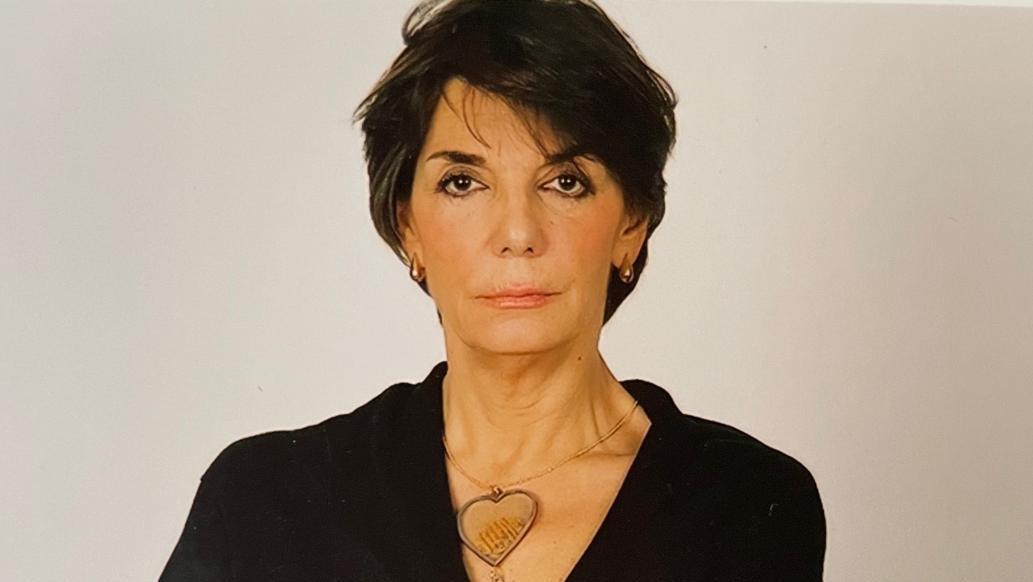The gallery of Anne-Sophie Duval, a pioneer in the Art Deco market, is celebrating its 50th anniversary with the publication of a book. We look at a picturesque family saga.
A delightful photograph of the witty Jacques Chazot, prima ballerina Claude Bessy and antique dealer Yvette Barran opens the book published by Julie Blum to celebrate the 50th anniversary of the gallery founded by her mother, Anne-Sophie Duval. A generation before that, former actress Yvette Barran, wife of actor Jacques-Henri Duval, opened an antique store at 11 Rue Bonaparte in Paris. The dancer Jacques Chazot asked her to sell his pâte de verre collection, which oriented her towards Art Nouveau . During the early 1960s, Barran was a pioneer in this field. She had an American-style bar built in her store, where bargain-hunting friends would sip whisky and discuss their finds. This curious world appealed to her daughter, Anne-Sophie Duval, who skipped school to explore flea markets, and was soon assisting her mother. However, Barran fell…
com.dsi.gazette.Article : 35756
This article is for subscribers only
You still have 85% left to read.
